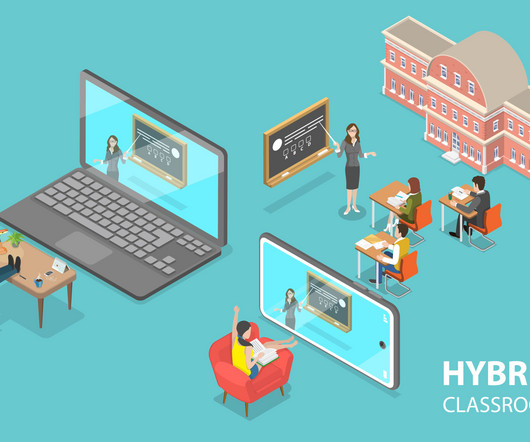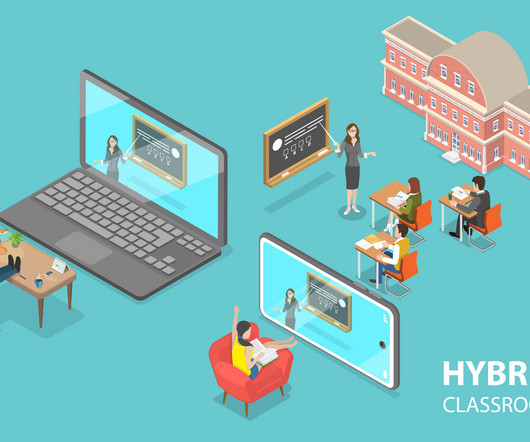Whose call: A student-driven approach to school cell phone policies
eSchool News
JUNE 17, 2025
This is a prime opportunity to address deeper issues, such as how schools promote connection, ensure meaningful student engagement, and prioritize overall well-being. Are students engaged in meaningful work or simply just ‘doing school’? What other ways are we prioritizing student well-being?












Let's personalize your content